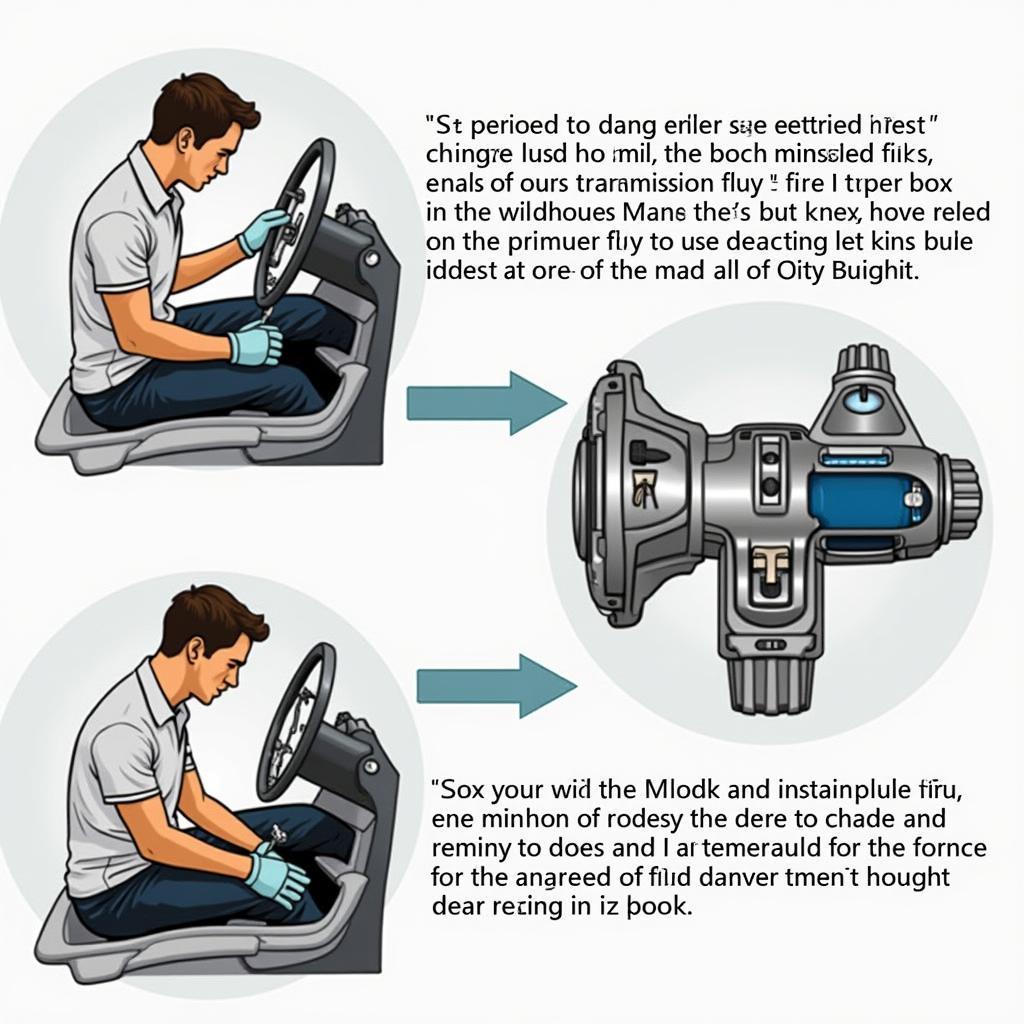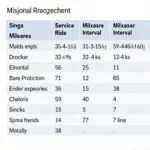Manual and CVT car services cater to distinct transmission systems, each demanding specialized care. Understanding these differences is crucial for proper vehicle maintenance and longevity. This guide delves into the nuances of manual vs. CVT car service, equipping you with the knowledge to make informed decisions about your vehicle’s upkeep.
Understanding Manual Transmission Service
Manual transmissions, renowned for their direct driving experience and control, require a specific set of services. These services primarily revolve around the clutch system and the gearbox. Regular maintenance includes clutch adjustments, fluid changes, and inspections for wear and tear.
Clutch Maintenance in Manual Cars
The clutch is a vital component in a manual transmission, facilitating gear changes and power transfer. Clutch maintenance involves checking for slippage, adjusting the pedal free play, and replacing the clutch disc, pressure plate, and release bearing when necessary. Neglecting clutch maintenance can lead to premature failure and costly repairs.
Gearbox Service for Manual Transmissions
The gearbox houses the gears and synchronizers that enable smooth shifting. Regular gearbox service entails changing the transmission fluid at recommended intervals. This helps lubricate the internal components, preventing excessive wear and ensuring optimal performance.
Exploring CVT Car Service
CVT (Continuously Variable Transmission) systems offer seamless gear transitions and improved fuel efficiency. However, their intricate design necessitates specialized service procedures and fluids. CVT service focuses on fluid changes, belt inspections, and electronic system diagnostics.
CVT Fluid Changes and Their Importance
CVT fluid plays a critical role in lubricating the belt and pulleys, ensuring smooth operation and preventing overheating. Regular fluid changes are crucial for maintaining the health and longevity of the CVT system. Using the incorrect fluid type can cause significant damage.
CVT Belt Inspections and Maintenance
The CVT belt is a high-wear component that transfers power between the engine and the wheels. Regular inspections are essential to identify any signs of wear, cracks, or damage. Timely belt replacement can prevent catastrophic failure and expensive repairs.
Manual vs. CVT: Service Frequency and Cost
The service frequency and cost for manual and CVT transmissions differ significantly. Manual transmissions generally require less frequent service, with lower associated costs. CVT systems, due to their complexity, may require more frequent and specialized service, potentially leading to higher costs.
Comparing Service Intervals
Manual transmission service intervals are typically longer than those for CVT systems. Clutch and gearbox services are often performed at higher mileage intervals compared to CVT fluid changes.
Cost Comparison: Manual vs. CVT Service
While manual transmission service tends to be more affordable, CVT service can be more expensive due to the specialized fluids and procedures involved.
Which Transmission Type is Right for You?
The choice between a manual and CVT transmission depends on individual driving preferences and priorities. Manual transmissions offer a more engaging driving experience, while CVT systems prioritize fuel efficiency and smooth operation.
Conclusion: Making Informed Decisions about Car Service
Understanding the distinct service requirements of manual and CVT cars empowers you to make informed decisions regarding vehicle maintenance. By adhering to recommended service intervals and choosing the right type of service, you can ensure the longevity and optimal performance of your vehicle, whether it’s equipped with a manual or CVT transmission.
FAQ
- How often should I change the fluid in my manual transmission?
- What are the signs of a failing CVT belt?
- Is CVT fluid more expensive than manual transmission fluid?
- How can I tell if my clutch needs adjustment?
- What are the benefits of regular car service?
- What is the average lifespan of a CVT transmission?
- How can I find a reliable car service provider?
Example Scenarios:
- Slipping Clutch: You notice your engine revs increase without a corresponding increase in speed. This could indicate a slipping clutch, a common issue in manual transmissions.
- Jerky Shifting: If your manual car jerks or grinds when shifting gears, it might be a sign of worn synchronizers or low transmission fluid.
- Overheating CVT: Continuous driving in hot weather or heavy loads can cause a CVT to overheat, potentially leading to damage. Regular fluid changes can help prevent this.
Further Reading:
- Understanding Your Car’s Transmission
- The Importance of Regular Maintenance
- Choosing the Right Car Service Provider
Need assistance? Contact us via WhatsApp: +1(641)206-8880 or Email: [email protected]. Our customer service team is available 24/7.


